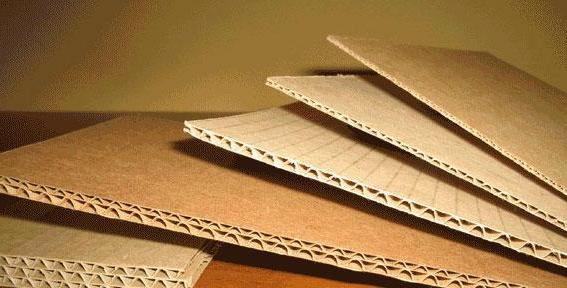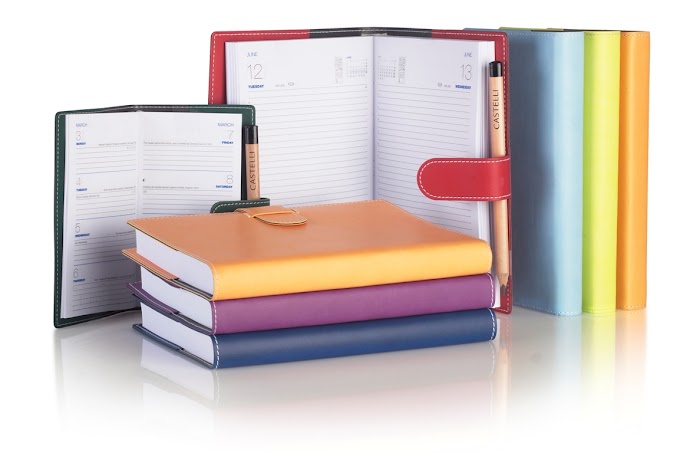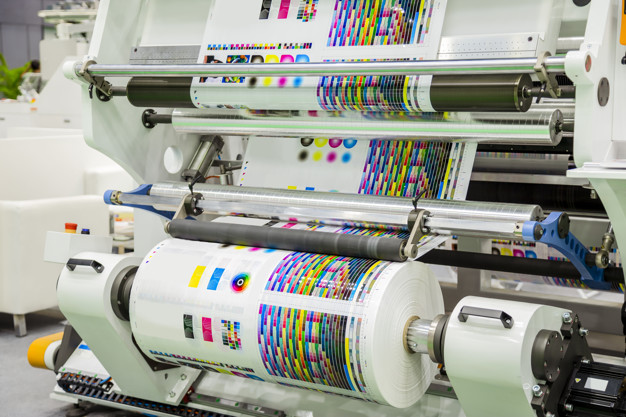In the world of commercial print, most of the print projects are produced sometimes on coated paper and sometimes on uncoated paper. However, each type of these papers has its own pros and cons and these pros and cons are relative to the particular project. Also the printers used in the printing industry will have a stock available in both types of papers to accommodate numerous projects.
However, talking about both types of papers, one type of paper isn’t necessarily “better” than the other type of paper. But, still you should know when to use coated and when to use uncoated paper as knowing this can really make all the difference in your print results.
Coated and Uncoated Paper – What’s the Difference?
Well, when it comes to coated or uncoated paper, the main difference comes with the way these types of papers are manufactured by Printing Paper Manufacturer.
For instance, coated papers have a coating on them which is typically clay, hence coated papers are “sealed.” This however restricts the amount of ink that is being absorbed into the paper while allowing the ink to sit on top of the paper and that is in a crisp defined dot form.
On the other hand, uncoated papers don’t have this coating which makes them more porous. This result in ink gets soaked into the paper and gets a softer and warmer appearance. Do you know the uncoated papers are categorized by following types:
• Offset Uncoated Paper,
• Opaque Uncoated Paper, and
• Text & Cover Uncoated Paper.
Whereas, the coated papers are categorized in two ways:
1. By their finish i.e. whether the paper is gloss, dull, silk or matte, and
2. By quality i.e. brightness and price such as Premium, No. 1, No. 2, No.3, No.4, No. 5.
For instance, a coated paper which comes with a brightness of 88+ is classified as a premium paper. Hence, the higher the brightness level will be, the more light will bounce off the sheet. As most of the inks are transparent, so the reflected part will give the appearance of bright but crisp vivid image. Hence, with coated papers the glossier the finish, the less ink absorption happens.
In fact, according to Jumbo Copy Paper Roll Manufacturer, uncoated white papers are also defined by their brightness levels i.e. the brighter the sheet will be, the “more light” will be reflected back to the eye.
For example, cougar is a 98 Bright white sheet which means 98% of the light will be reflected back to the eye of the viewer. Well, this level of brightness will help four-color images “pop” off the paper because the lights reflect back through the ink.
Talking about the finishes, uncoated papers can have many finishes to them i.e. “smooth”, “linen”, “laid”, “vellum”, and “super smooth” etc. And, the smoothness level is an important aspect to consider while choosing uncoated papers as it is the only factor that gives the paper its feel while affecting the ink holdout.
Coated or Uncoated Paper – Choosing the Right Type of Paper
When it comes to decide on which type of paper should be used for your next print project, you need to understand a few factors including “aesthetics”, “functionality”, and “budget” as these factors will determine the best paper for the particular project.
1. Aesthetics –
When the printing is done on the coated papers then it offers a crisp, sharp result stark in the contrast between the printed image and the whitespace with a cool and slick feel. However, the coated surface of such paper provides an excellent canvas for the images with fine detail while offering greater contrast between the printed image and white space.
Hence, these are generally used for magazines and high-end product catalogs as they require “glossy” or “shiny” optics. Moreover, you can think about automotive, jewelry and appliances as their coated surface also provides an excellent canvas for images along with the finest detail while offering greater contrast between the printed image and white space.
However, on the other hand, the uncoated papers have inherent warmth along with the tactility to them and their haptics also imply a sense of “trust”, “authenticity”, and “responsibility”. Well, these are the characteristics that make these uncoated papers well suited to the projects in the educational, non-profit and environmental sectors.
Moreover, these papers are also excellent choices for identity systems, publications, direct mail and catalogs as well. In fact, depending on the finish, the uncoated papers can also lend a 3D quality to images. For uncoated paper printing, think about home furnishings, apparel and fine art.
2. Functionality –
Coated paper by Maplitho Woodfree Writing Printing Paper Supplier offers an excellent ink holdout and performs well with the areas of heavy solid color as well as metallic inks. Moreover, their surface works well with techniques like varnishes, UV coatings and foil stamping as design elements even with a subtle clear foil regardless of their finish.
However, there are some drawbacks of the coated papers as well which are as follows:
They are not able to be written on easily with a pen that means if the project requires a lot of text then the glare of the gloss coated papers can make it difficult to read. And, as we know coated papers offer excellent ink gloss they generally require an overall coating to protect the surface from getting scratches and fingerprints.
Talking about the uncoated papers, the uncoated papers work well with the pressure based print techniques such as:
• Embossing/debossing,
• Letterpress, and
• Foil stamping.
In fact, these papers provide a nice contrast between the surface of the sheet and the impression. However, they’re a good choice for folding, even on heavier weights (i.e. fold with the grain) and they are also an excellent choice for the tactile packaging applications.
Some of the drawbacks that the uncoated papers have are due to the way they absorb the ink. However, this drawback can be minimized when you work with the smoother options of uncoated papers.
For instance, if you opt for a premium uncoated paper with excellent formation then you will get better results. Hence, there are some areas that you should be mindful of.
3. Budget –
When we make the comparisons between coated and uncoated paper, we need to make sure that we’re consider the specifications like opacity and caliper and not just the money.
For example, if you are looking for an 80 lb coated text paper then you can also take into consideration a 70 lb uncoated paper as it will also likely to have equal or greater opacity and caliper.
This means when you choose 70 lb uncoated paper then it means you are actually using and paying for less paper. This reduction will also help you to save money on shipping or mailing costs on the finished piece.
Moreover, both the coated and uncoated papers offer a wide range of products across all price points. But as we said, budget alone should not dictate paper specification, however if your project is budget driven, then you should involve your print and paper reps early in the process as it will help direct you to the options that will work within your budget while yielding the successful print results. To get more information contact Duplex Paperboard FBB SBS Whiteback Greyback Exporter!!!
RP Paper Impex: Leading Writing Register Exercise Notebook Paper Exporter










0 Comments